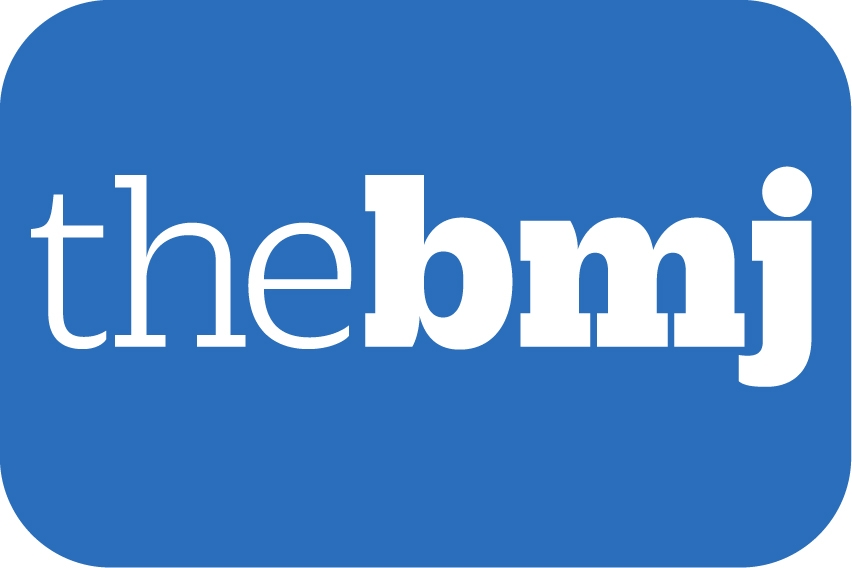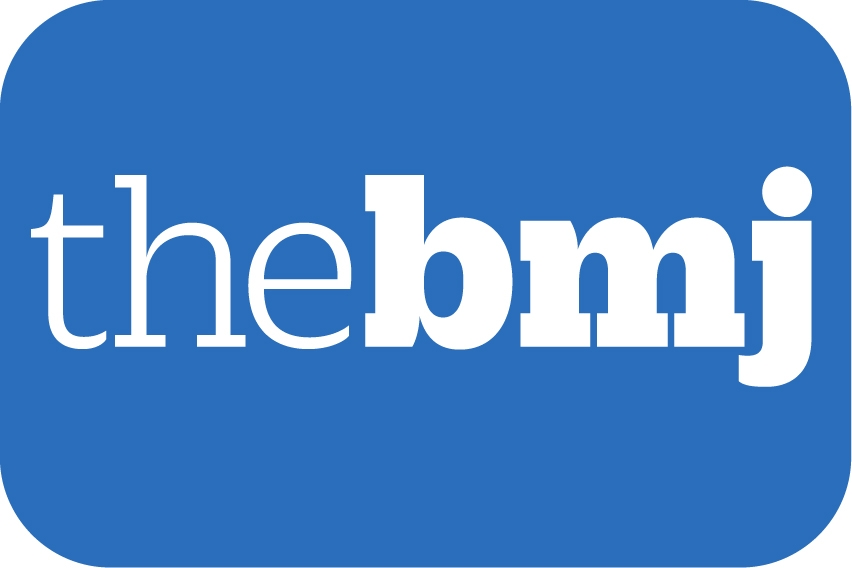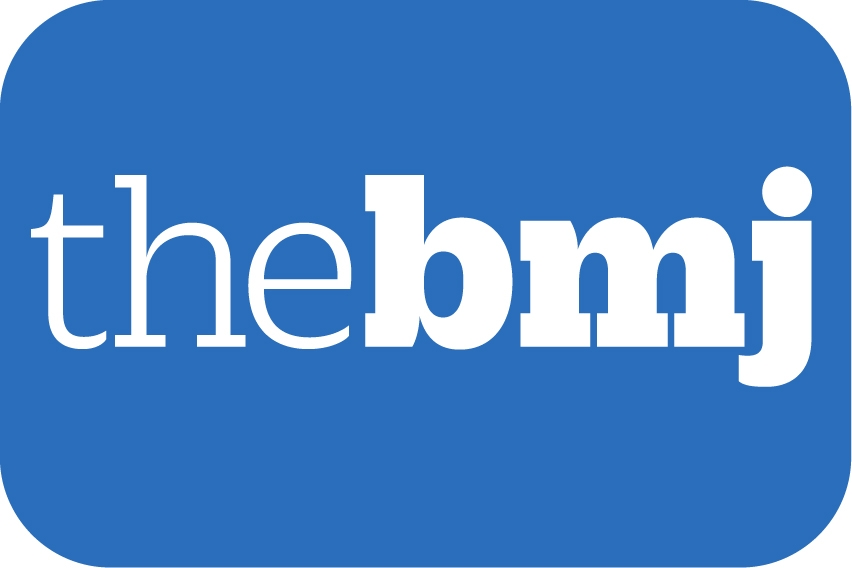内容精选
Content Selection
《英国医学杂志》主编推荐
The BMJ Editor's Choice
-

-
Watching space
时间:2016-04-18
发布:Helen Macdonald, Clinical Editor, The BMJ
分享:
The happiest doctors in Britain may be found north of the border from now. It’s April, Scotland has escaped the stranglehold of the quality outcomes framework (QOF), and Margaret McCartney waves it off (doi:10.1136/bmj.i1763). “What will happen next is a great big uncontrolled experiment, with England versus Scotland.” Among some of QOF’s more “perverse incentives” McCartney writes, were points for asking whether even patients who had never smoked had started in the past five years—a clumpy question to weave into a consultation. I doubt McCartney is alone in waving good riddance to QOF, but it remains to be seen exactly what will move into the space it vacates.
Space, specifically life on Mars, is the stuff of science fiction, but doctors are thinking about how to help humans survive there. In BMJ Careers Sheyna Gifford is interviewed about her three year expedition to Mars, simulated from a volcano in Hawaii (http://careers.bmj.com/careers/advice/Life_on_Mars). That “all the fluids in the body gravitate upwards and the heart assumes a balloon-like configuration” sounds worrying, combined with the expected muscle atrophy and low bone density in low gravity. Gifford, an astrophysicist and expedition doctor, cares for simulation astronauts on the NASA funded Hi-Seas programme, where she says her role has forced her to “get back to the basics of what medicine is really about: looking, listening, feeling, asking, watching and waiting.”
Watching and describing form the basis of research documenting brain abnormalities in Brazilian babies born with microcephaly in 2015, after presumed infection with Zika virus in utero. It’s unusual for The BMJ to publish case series, but we need more data on the association between maternal infection and pregnancy outcomes. These new data from Maria de Fatima Vasco Aragao and colleagues (doi:10.1136/bmj.i1901) appear in The BMJ this week alongside old and partly unpublished data on dietary fat gathered between 1968 and 1973 (doi:10.1136/bmj.i1246). Does replacement of saturated fat with vegetable oils reduce coronary heart disease and death? Ask Ramsden and colleagues. Residents of US nursing homes and state mental hospitals were randomised to a diet rich in polyunsaturated fat and compared with a control group with a diet high in saturated fat.
In an accompanying editorial (doi:10.1136/bmj.i1512) J Lennert Veerman says that the meta-analysis casts doubt on dietary advice to the general population to switch from saturated to polyunsaturated fat. Polyunsaturates reduced the surrogate marker of cholesterol, which Veerman explains was “paramount in decisions about dietary guidelines.” But he writes that Ramsden’s team found that polyunsaturates “did not reduce mortality: in fact participants in the intervention group had a higher mortality than controls.”
He awaits further clarification, so watch this space.
BMJ 2016; 353 doi: http://dx.doi.org/10.1136/bmj.i2120 (Published 14 April 2016)
Cite this as: BMJ 2016;353:i2120 -

-
Getting the timing right
时间:2016-04-11
发布:Elizabeth Loder, Acting Head of Research, The BMJ
分享:
I recall very few patients during my training years who survived an in-hospital cardiac arrest. Even fewer were discharged without some kind of neurological impairment. Resuscitation attempts—termed “codes” —were nonetheless prolonged and conducted according to elaborate guidelines. These specified the sequence and timing of various interventions such as medications and defibrillation attempts. Every few years, usually amid much controversy, the guidelines were updated and we adjusted the ritual.
Has anything improved? A 2012 analysis (1) showed that overall risk adjusted survival rates following in-hospital cardiac arrest increased from 13.7% in 2000 to 22.3% in 2009. Rates of neurologic impairment declined. This is, depending on your point of view, bad or good news. The pace is slow, but movement is in the right direction.
Two papers in this issue of The BMJ delve deeper, examining the impact of specific changes in the timing of key resuscitation interventions for different types of cardiac arrest. The updated recommendations were issued in 2005, so enough time has now elapsed to evaluate their effect.
Both studies show that adherence to guideline recommendations is modest, even in US hospitals participating in the Get with The Guidelines-Resuscitation registry.
Andersen and colleagues (doi:10.1136/bmj.i1577) found that about half of patients with a shockable rhythm received adrenaline sooner than recommended following defibrillation, and this early administration was associated with decreased odds of survival.
Similarly, Bradley and colleagues (doi:10.1136/bmj.i1653) found that a proper time interval occurred between defibrillation attempts in only 57% of patients with persistent ventricular fibrillation or pulseless ventricular tachycardia. Adherence to the recommended time interval between defibrillation attempts, however, was not associated with better survival outcomes.
Editorialists Couper and Perkins (doi:10.1136/bmj.i1858) say that this “widespread non-adherence to clinical guidelines” should promote soul searching and reform to ensure that resuscitation practices are “informed by the latest clinical guidelines.” The figure that accompanies their commentary summarises the 2005 changes in the American Heart Association guidelines and is worth a look: a few well chosen symbols and numbers clearly convey the suggested order and schedule of resuscitation events.
Getting the timing right is a challenge with many other guideline recommended interventions. Melissa Whitworth (doi:10.1136/bmj.i1655) notes that both WHO and NICE endorse the use of antenatal corticosteroids to reduce neonatal morbidity and mortality in premature babies, but accurate identification of true preterm labour is difficult. Timing matters, because maximum benefit occurs 1 to 7 days after these are administered to the mother.
References
(1) Girotra S, Nallamothu BK, Spertus JA, Li Y, Krumholz HM, Chan PS. Trends in survival after in-hospital cardiac arrest. N Engl J Med2012;367:1912-20doi:10.1056/NEJMoa1109148.BMJ 2016; 353 doi: http://dx.doi.org/10.1136/bmj.i1952 (Published 07 April 2016)
Cite this as: BMJ 2016;353:i1952 -

-
Beyond the mainstream
时间:2016-03-31
发布:Helen Macdonald, Clinical Editor, The BMJ
分享:
“There is very little science in shaken baby syndrome. It’s become a label. We’re not there at the time of collapse. We don’t know if these babies have been shaken.” So said Waney Squier, the neuropathologist struck off the medical register last week after a General Medical Council (GMC) tribunal found that she had deliberately misled the courts. In tens of court cases, Squier had spoken in defence of families accused of non-accidental head injury and against mainstream opinion on “shaken baby.” But as Jacqui Wise reports, (doi:10.1136/bmj.i17126) the GMC tribunal ruled that she had failed to recognise the limits of her knowledge and competence in giving evidence, and failed to respect the skills and contributions of colleagues.
Many people, including the GMC’s chief executive, Niall Dickson, question whether the council is the proper place to consider such debates. Wise reports that the Royal College of Paediatrics and Child Health is considering setting up a working group to examine the evidence on non-accidental head injury, as it did for sudden unexpected infant deaths in 2004.
Discussing Squier’s case, Stephen Watkins (doi:10.1136/bmj.i1768) writes that doctors with dissenting opinions should be heard, but that they may not feel able to speak openly if they fear being struck off. Intolerance of opinions that run contrary to guidelines is a worry. Watkins describes wider issues. “Shaken baby” is just one scenario where there is uncertainty, and the law is poorly equipped to consider scientific disputes. It’s a longstanding problem and he writes that “after the miscarriages of justice surrounding cot death, the BMA called for a public inquiry headed by a doctor or a scientist into the judicial system’s failure to cope with scientific controversy. That didn’t take place. No lessons were learnt. Sooner or later more miscarriages of justice will result.”
People, as well as ideas, can fall outside society’s mainstream. Seeking a way into Britain, a group of destitute Iraqi Kurds are the main occupants of a new migrant camp at Dunkirk, built by Médecins Sans Frontières. The camp’s windowless huts have access to communal water and electricity, and provide healthier conditions for the group. Sophie Arie (doi:10.1136/bmj.i1696) hears from staff and migrants about their medical needs. Injuries are common. Residents are given a medical card, and Arie reports on some optimism in the camp. “There were no cases of burns in the 10 days after the camp opened and doctors said that they had seen fewer cases of scabies and serious respiratory infections.”
As for transgender people, their needs for referral and medication are understood by specialists working in gender identity but may be incompletely delivered by others. Consultant James Barrett shares anecdotal accounts (doi:10.1136/bmj.i1694) of GPs raising concerns that hormonal drugs for transgender people may be dangerous, difficult, or expensive to prescribe. Better understanding of the evidence base and the model of shared care that he describes may help. Barrett writes that, “I’ve also heard disturbingly frank admissions that it was “against deeply held Christian beliefs” or that “we are trained to treat illness, not to change nature.” These attitudinal barriers may be harder to shift.
BMJ 2016; 352 doi: http://dx.doi.org/10.1136/bmj.i1793 (Published 31 March 2016)
Cite this as: BMJ 2016;352:i1793




 京公网安备 11010502034496号
京公网安备 11010502034496号